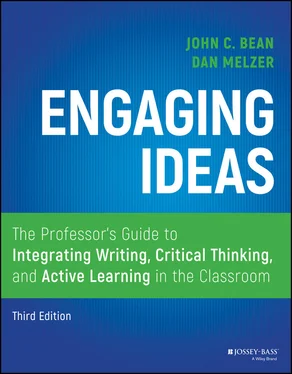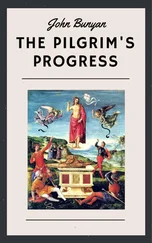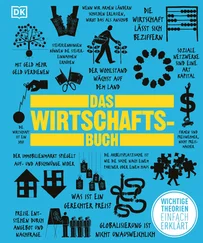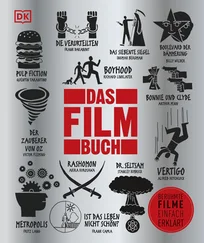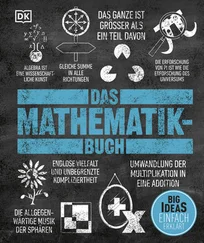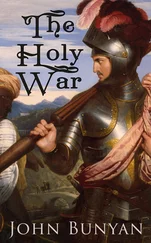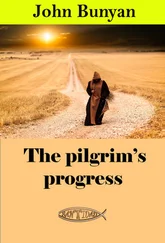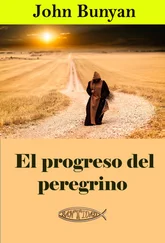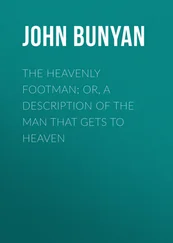Advice to teachers of advanced courses in the major. Help students learn to write in one or more of the primary genres of the discipline, perhaps leading to a capstone paper in the senior year. Chapter 10on undergraduate research focuses on how to help students move from novice to disciplinary expert.
Different Genres Tap Different Kinds of Strengths, Allowing More Students to Succeed
Another benefit of assigning different genres—especially mixing academic with more personal or creative forms—is that it draws out different kinds of strengths from students. Often students do their best work when instructional methods and assignments match the way they like to learn. Although learning style research has lost some of its popularity from its heyday in the 1980s and 1990s, the research reveals important differences in the ways students approach writing tasks.
For example, Jensen and DiTiberio (1989) used the Myers‐Briggs inventory to reveal different assignment preferences among writers. Along the Myers‐Briggs thinking/feeling continuum, they found that “thinkers” excel at writing logical, well‐organized essays requiring analysis and argumentation. By contrast, “feelers” prefer assignments that allow for personal voice, conviction, and emotion. They are unlikely to be motivated by an assignment unless they can relate to it personally, and they are attuned to a reader's desire for lively, interesting prose. They like to put their own personal experiences into a paper and often prefer autobiographical or narrative approaches rather than an abstractly reasoned approach.
Differences across other continua reveal other insights that are helpful to teachers when designing assignments. “Sensing” types, for example, want writing assignments with very detailed instructions and guidelines and find comfort in teacher‐prescribed organizational patterns such as the “five‐paragraph theme.” By contrast, “intuitive” types rebel against prescribed patterns and like looser assignments that give them room for their own unique or creative personal touches. Along the perceiving/judging scale, “judgers” tend to arrive quickly at a thesis and are often bored with personal exploratory writing such as journals, which they dismiss as “busywork.” By contrast, “perceivers” like to play with ideas endlessly, have trouble deciding on a thesis, and will explore ideas forever in their journals unless a deadline forces them to quit. Finally, along the extrovert/introvert continuum, “extroverts” prefer to explore ideas through class discussions or small groups, whereas “introverts” like solitude, preferring a journal for exploration rather than group conversation.
Jensen and DiTiberio's research suggests that some students are apt to do their best work within closed‐form, academic genres, whereas others will do best on open‐form, more personal, or creative writing tasks. Students who rush to closure might benefit from low‐stakes exploratory writing that encourages them to explore all sides of an issue. Students who feel stifled by “rules” might profit from explanations that rules are often constraints imposed by genres rather than by the idiosyncrasy of the teacher. By asking students to write in several different genres or styles, teachers give students more opportunity to find one or two that are particularly effective for them; likewise, students get to discover that they can learn significantly from doing an assignment that is not, by nature, their preferable way of operating.
The Value of Writing in Different Genres Seems to Be Supported by Brain Research
Brain research makes the case that different kinds of writing tasks stimulate different parts of the brain. Kellogg (2008) explains that the frontal lobes of the brain, which seldom reach full maturity until age twenty‐three to thirty, are needed for complex writing tasks that require writers first to wrestle with advanced, domain‐specific knowledge and then to read their emerging texts from the audience's perspective. The strain on working memory can be reduced, Kellogg argues, by previous scaffolding exercises that encourage students to take notes, generate ideas during prewriting, make an outline, or learn the structural features of different genres. These different kinds of tasks apparently activate different parts of the brain.
Another study, by biologist James Zull (2002), shows that all new learning must be linked to preexisting neural networks already in the learner's brain. Teachers can't simply transfer a concept from their own brains into students' brains because a teacher's neural networks are the products of his or her own life history and don't exist within the learner's brain. Consequently, the learner must build the new concepts on neural networks already present. Informal writing assignments aimed at helping students probe memory, connect new concepts to old networks, dismantle blocking assumptions, and understand the significance of the new concept are particularly valuable.
Zull links his analysis of brain research studies to David Kolb's (1985) research on cognitive styles. Kolb plots an individual's cognitive style along four axes: concrete experience (feeling), reflective observation (watching), abstract conceptualization (thinking), and active experimentation (doing). Kolb recommends that for each learning unit in a course the instructor cycle through activities that focus on each of these learning styles, thus helping learners find at least one approach that most appeals to them while giving all students practice at thinking in less natural ways. Zull draws on brain imaging studies to argue that each of Kolb's quadrants corresponds with different regions of the brain, so that the kind of thinking or writing task associated with each quadrant particularly fires neurons in that region. Each phase of the cycle suggests a different kind of writing assignment, as shown in exhibit 3.2.
In sum, Zull's study suggests that different genres engage different parts of the brain and that teachers can deepen student learning by mixing personal writing (expressive, exploratory, reflective pieces) with academic and professional writing (mainstream academic papers, proposals, and persuasive pieces).
EXHIBIT 3.2 Assignments throughout the Learning Cycle
| Kolb's Learning Style Phase |
Corresponding Brain Cortex (Zull, 2002, 18) |
Suggested Writing Assignments |
| Concrete experience phase . Learners are introduced to new concepts and issues through watching a film or demonstration, playing a game, doing field observations, and so forth. |
Sensory cortex |
Nongraded personal writing that records the learner's personal observations, thoughts, and feelings during the initial experience and that raises questions and expresses puzzlement |
| Reflective observation phase . Learners consider the concepts and issues again after doing readings, listening to lectures, participating in class discussions, and hearing different points of view. |
Temporal integrative cortex |
Personal exploratory writing, such as journal entries that allow the students to connect new material to their personal experiences and previous knowledgePersonal pieces based on autobiographical experiences with a topic or conceptPersonal reflection papers that encourage a questioning, open‐ended, thinking‐aloud‐on‐paper approach rather than thesis‐with‐support writing |
| Abstract conceptualization phase . Learners try to achieve abstract understanding of the concepts and issues by mastering and internalizing their components and seeing the relationship between new material and other concepts and issues. |
Frontal integrative cortex |
Formal academic projects calling for thesis‐based analyses and arguments |
| Active experimentation phase . Learners actively use the new concepts to solve problems by applying them to new situations. |
Motor brain |
Position papers based on cases that use the new conceptsWrite‐ups of a student's laboratory or field research using the conceptsProposals applying new concepts and knowledge to solve real‐world problemsCreative pieces demonstrating understanding of new material |
Teaching Genre in the Context of Discourse Communities
Читать дальше
